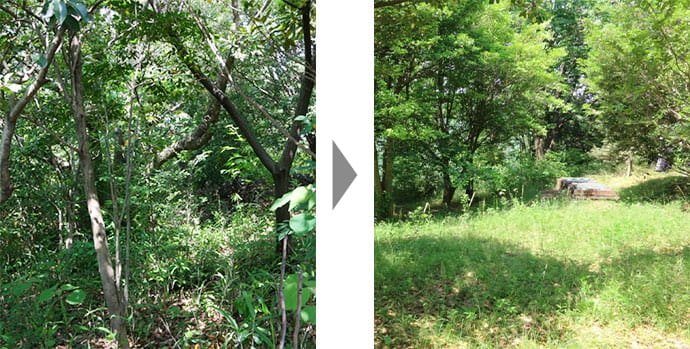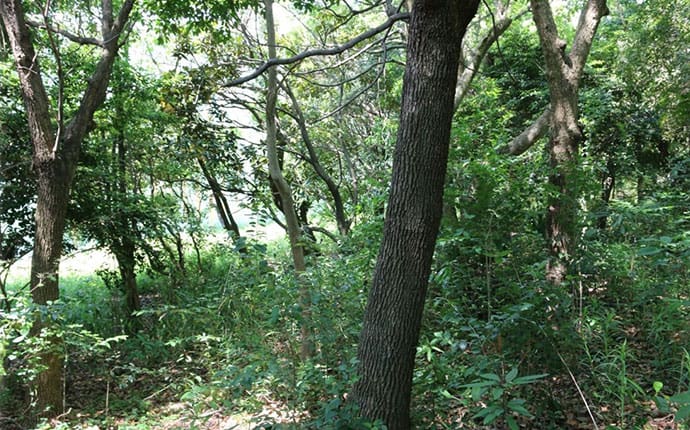Environment
We are actively working to reduce the environmental burden.
ENEOS Materials Group Environmental Policy
The ENEOS Materials Group and its employees will follow the basic policies outlined below as part of efforts to help build a sustainable society.
- 1.Comply with environmental laws and regulations;
- 2.Contribute to the formation of a decarbonized society; and
- 3.Contribute to the formation of a resource recycling society
- 4.Promote environmental conservation in business activities;
April 2024
ENEOS Materials Corporation
President and Representative Director
Our Initiatives
Initiatives for reducing the environmental burden
ENEOS Materials' approaches and initiatives for reducing the environmental burden.
Acquisition of ISCC PLUS certification
ENEOS Materials Corporation has acquired the ISCC PLUS certification, an international certification system for sustainable products, for the following: emulsion styrene butadiene rubber (ESBR), solution styrene butadiene rubber (SSBR), and butadiene rubber (BR) produced at the Yokkaichi Plant; BR produced at the Chiba Plant; and isobutylene, dicyclopentadiene (DCPD), and T-REZ® (hydrocarbon resin) produced by ENEOS Corporation.
ENEOS MOL Synthetic Rubber (EMSR: a joint venture in Hungary between ENEOS Materials and MOL Hungarian Oil and Gas) and BST ENEOS Elastomer (BEE: a joint venture in Thailand between ENEOS Materials and Bangkok Synthetics Co., Ltd.) have also acquired ISCC PLUS certification for their SSBR products. We will continue to provide a wider range of products that can contribute to the construction of a sustainable society on a global scale.
We commit and declare our compliance with the ISCC PLUS requirements in accordance with the latest ISCC regulations.
December 2024
ENEOS Materials Corporation
certified by ISO14001
Environmentally Friendly Products
ENEOS Materials offers environmentally friendly products such as battery binders/TRD®.
Biodiversity
Basic Approach
The operations of the ENEOS Group may impact the environment surrounding our operation and production sites. Given the nature of our business, we consider biodiversity conservation to be an important effort, as stated in the ENEOS Group Code of Conduct.
We carry out initiatives with attention to biodiversity in all aspects of our business activities. These initiatives include the implementation of environmental impact studies when establishing new operation and production sites in order to obtain an accurate understanding of local ecosystems, including plants, birds and other animals, and marine life.
In addition, ENEOS, which has many production sites, has established the Energy Group* Guidelines on Biodiversity.
ENEOS Materials is promoting biodiversity initiatives in accordance with the ENEOS Group Code of Conduct and the Energy Group Guidelines on Biodiversity.
Energy Group*Guidelines on Biodiversity
Basic Stance
We will carry out initiatives with attention to biodiversity in every aspect of our business activities, under the recognition that our business activities are deeply related to the Earth's biodiversity.
Action Policy
- 1.We will ascertain and analyze the impacts of our business activities on biodiversity and strive to make improvements.
- 2.We will promote activities that contribute to biodiversity preservation, such as nature protection and environmental education.
- 3.We will disclose and share information on our efforts to preserve biodiversity.
- ENEOS and its Group companies
Biodiversity Initiatives
The ENEOS Materials Yokkaichi Plant, in cooperation with JSR Corporation's Yokkaichi Plant, has been conducting maintenance work to create a "satoyama where butterflies fly around." Bringing light and breezes into the previously dense forest and leaving a grassland at the entrance, they are reproducing a satoyama environment that is a comfortable habitat for grassland insects such as grasshoppers and butterflies. In addition, by planting many camphor trees, the city tree of Yokkaichi, and other low shrubs with flowers, many butterflies that are attracted to the nectar of the flowers, including the camphor-leaf-loving common bluebottle, have begun to fly into the area.

From a dense and dark forest to a bright and breezy satoyama

Camphor tree, the city tree of Yokkaichi
Planted in large numbers due to its sturdiness and resistance to pests and diseases.
Camphor-eating common bluebottles have come to visit.
